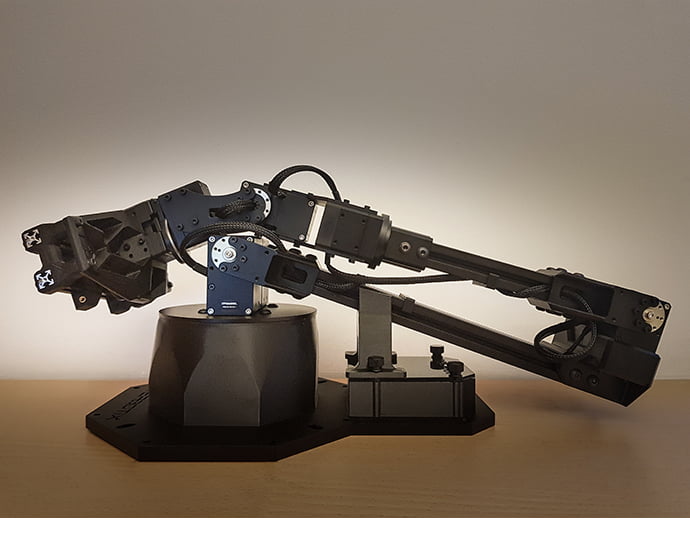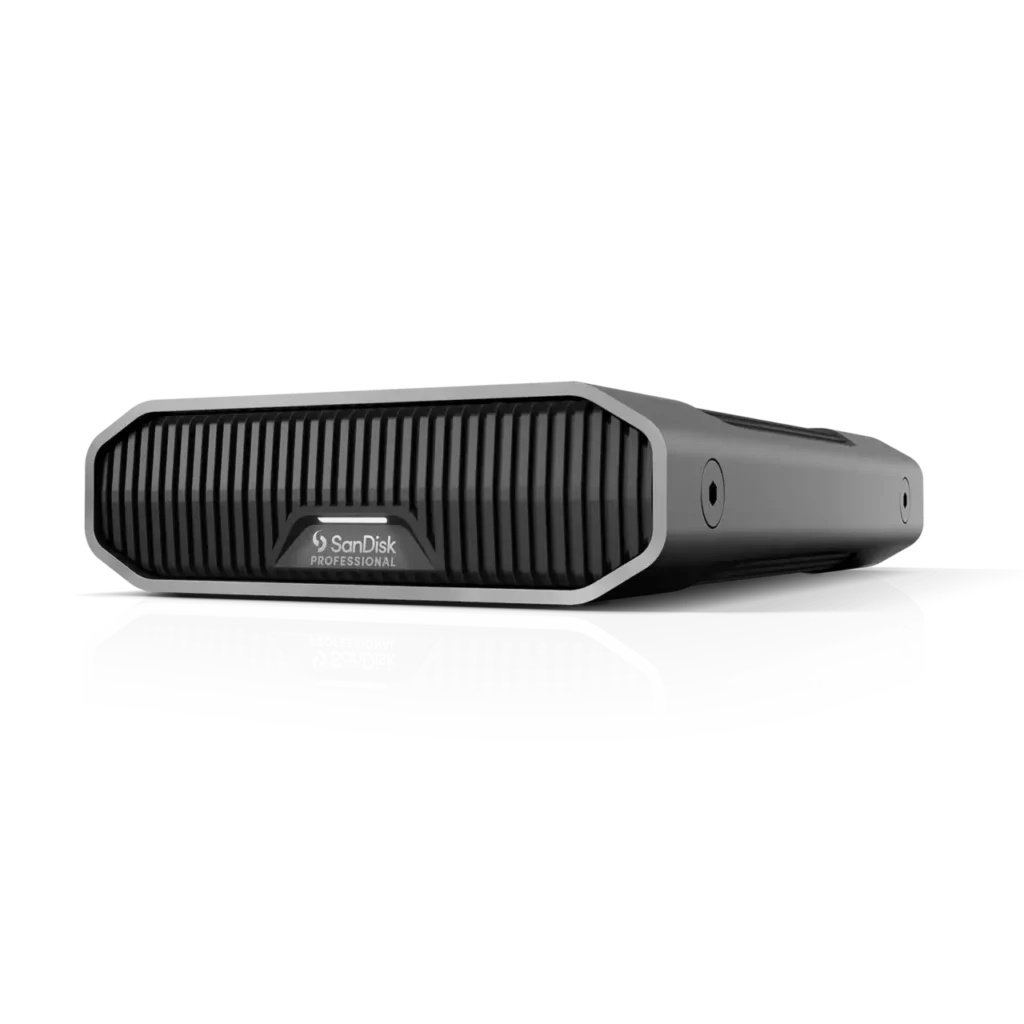
Intel and Accenture earlier this week announced they are supporting an Intel Neuromorphic Research Community (INRC) project led by the Neuro-Biomorphic Engineering Lab at the Open University of Israel in collaboration with ALYN Hospital. Using funding and technology support from Accenture, as well as Intel’s neuromorphic technology and algorithmic support from Applied Brain Research (ABR), the Israeli research teams will develop a wheelchair-mounted robotic arm to assist patients with spinal injuries in performing daily tasks. The device will be clinically evaluated and tested with children at ALYN Hospital, Israel’s most advanced adolescent rehabilitation center.
Why It Matters: More than 75 million people in the world require a wheelchair for mobility. For those with neuromuscular or spinal cord injuries that result in upper extremity impairments, even the most basic tasks – like drinking from a cup or eating with a spoon – can become insurmountable. Among such patients, the ability to reach and accurately manipulate objects is consistently rated as one of their most important challenges1.
Assistive robotics can fill this gap. Studies suggest that wheelchair-mounted robotic arms provide an increased sense of independence for users and that these assistive tools can reduce the need for caregiver time by up to 41%1. Today, however, the cost of these devices is incredibly high, making them virtually inaccessible to most people who need them. This is largely due to the expensive parts needed to enable the arm to adapt to the user and the environment in real-time.
The real-time learning capability of Intel’s neuromorphic research chip, Loihi, shows the potential to reduce the cost of creating and operating such devices. By utilizing Loihi’s real-time learning, researchers predict they can implement adaptive control to enhance the arm’s functionality while using affordable parts that could reduce the cost by more than 10 times. Loihi’s power efficiency also shows promise for making assistive technologies more useful and effective in real-world situations. Because Loihi is up to 1,000 times more energy-efficient than general-purpose processors, a Loihi-based device could require less frequent charging, making it more ideal for use in daily life.
About the Research: Researchers at the Open University of Israel and ALYN have already created the robotic arm they will use in their trial; the next step is to build the neural network model that controls the arm. To do this, the research team will build on the recurrent error-driven adaptive control hierarchy (REACH) algorithm, which was developed by ABR and is being provided by the company for this project. Paired with neuromorphic computing, the REACH model has been demonstrated by ABR to move a simpler robotic arm through complex paths – such as handwritten words and numbers – with fewer errors and a significant improvement in energy efficiency over traditional control methods2, 3.
Once the algorithmic work is complete, the research team will deploy the new model on Intel’s neuromorphic hardware and test the capabilities of the arm. After making refinements, the device will undergo clinical testing and evaluation at ALYN Hospital with patients who rely on electric wheelchairs and have motor impairment of their upper extremities. The participants will control the arm using a small, dedicated joystick, and researchers will collect information on the robotic arm’s performance to assess its usefulness.
This article was original published on Intel NewsRoom
Discover more from TheLatestTechNews
Subscribe to get the latest posts to your email.











